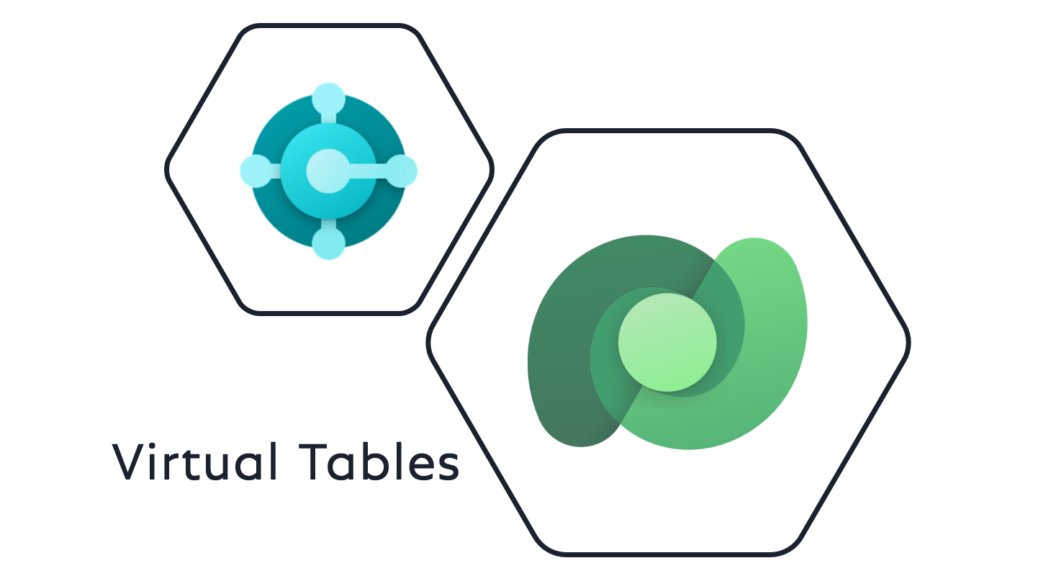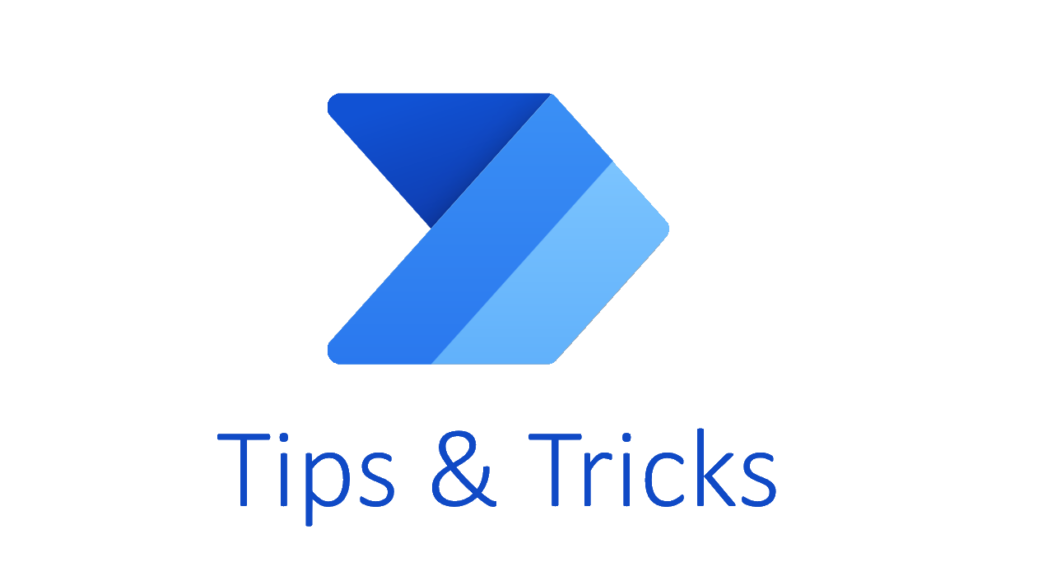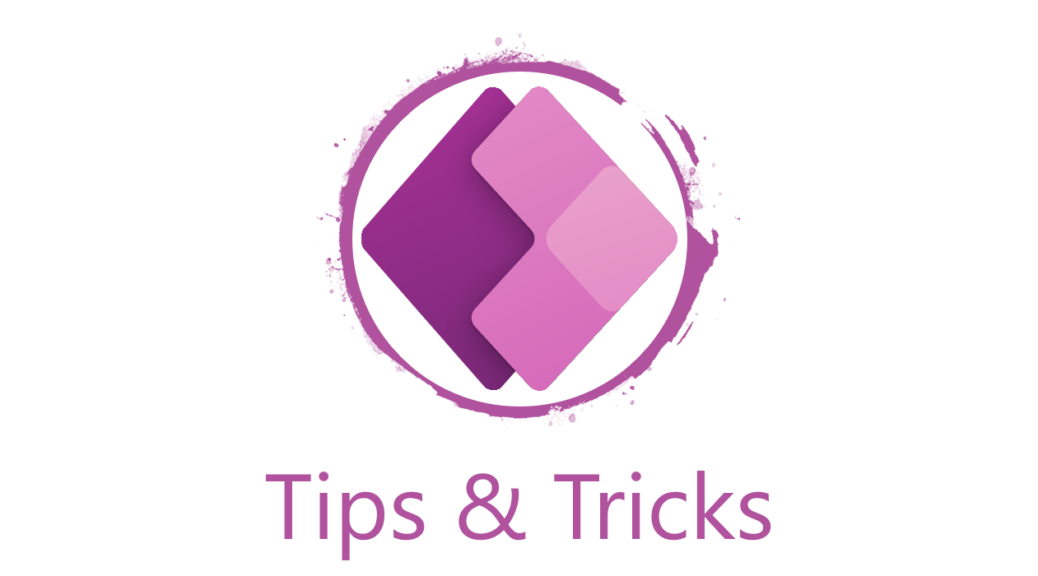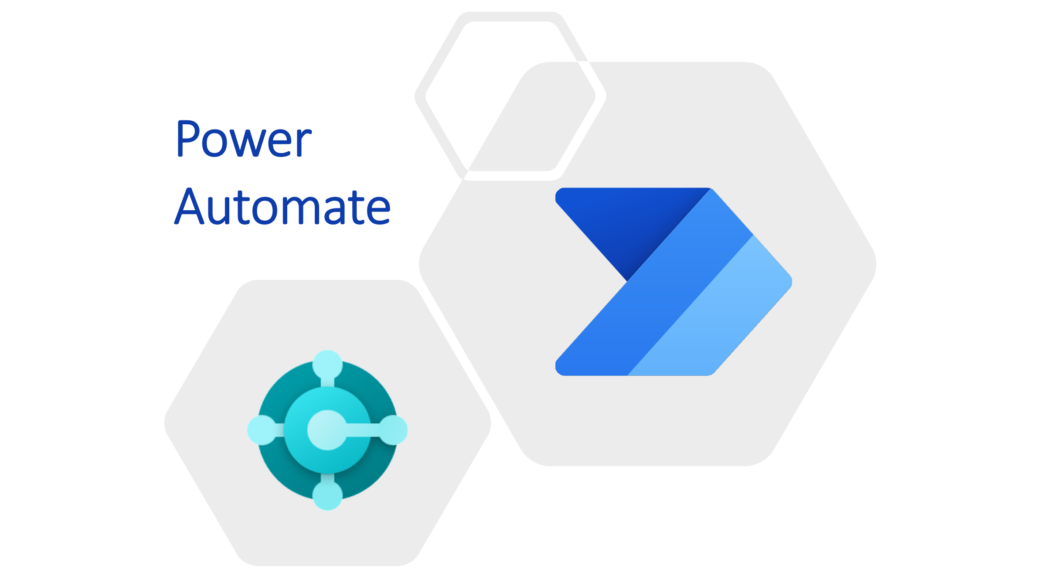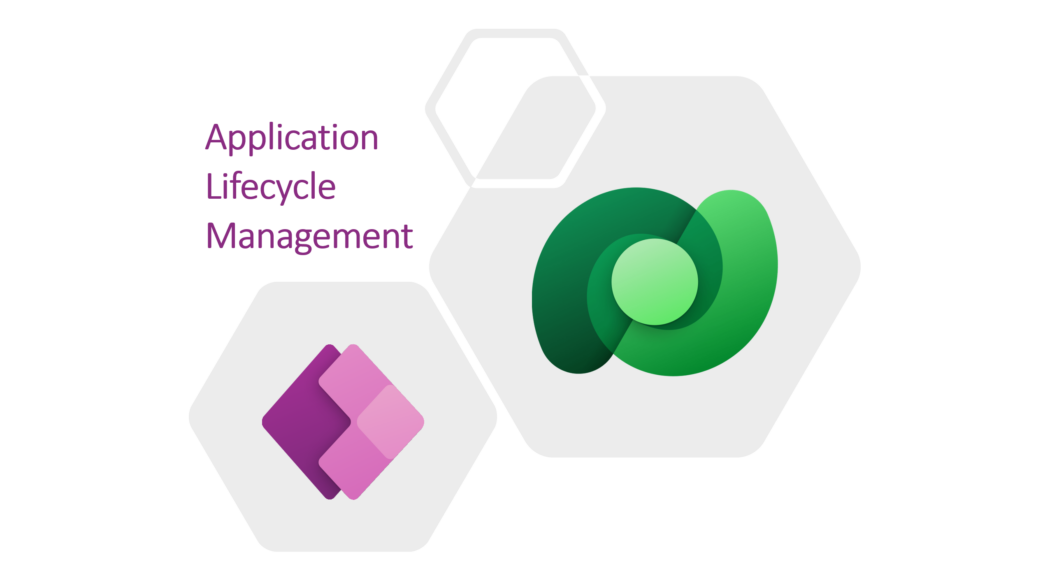Business Central in Dataverse with Virtual Tables
In my session at Dataverse Summit 2022 I also introduced Business Central’s feature, the virtual tables in Dataverse. Virtual tables complement the possibilities such as Data Sync and Connectors to connect both worlds. In my opinion, virtual tables are the best way of integration. Unlike data synchronization, you do not copy the data from one system to another. Furthermore, virtual tables in Dataverse are similar to physical tables in usage and this is a clear advantage in contrast to connectors….
